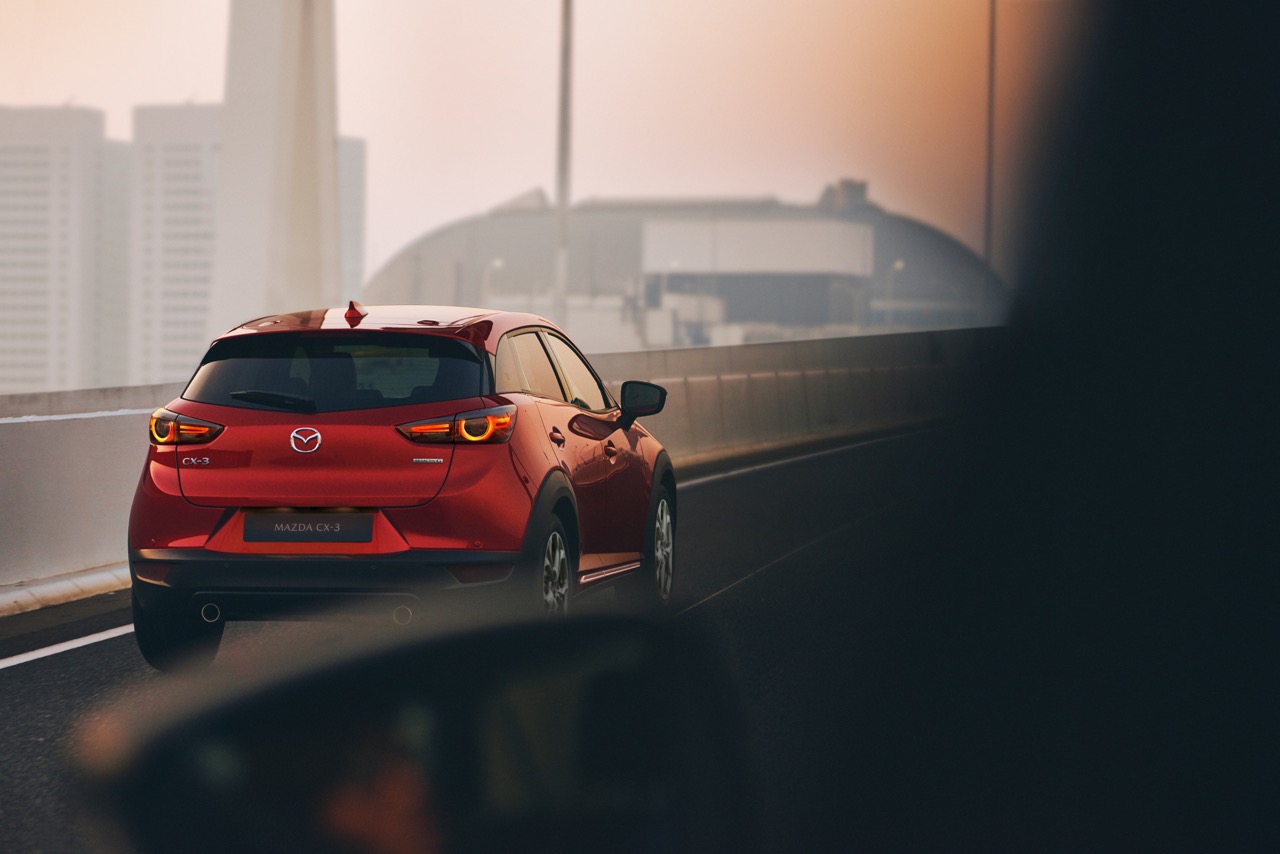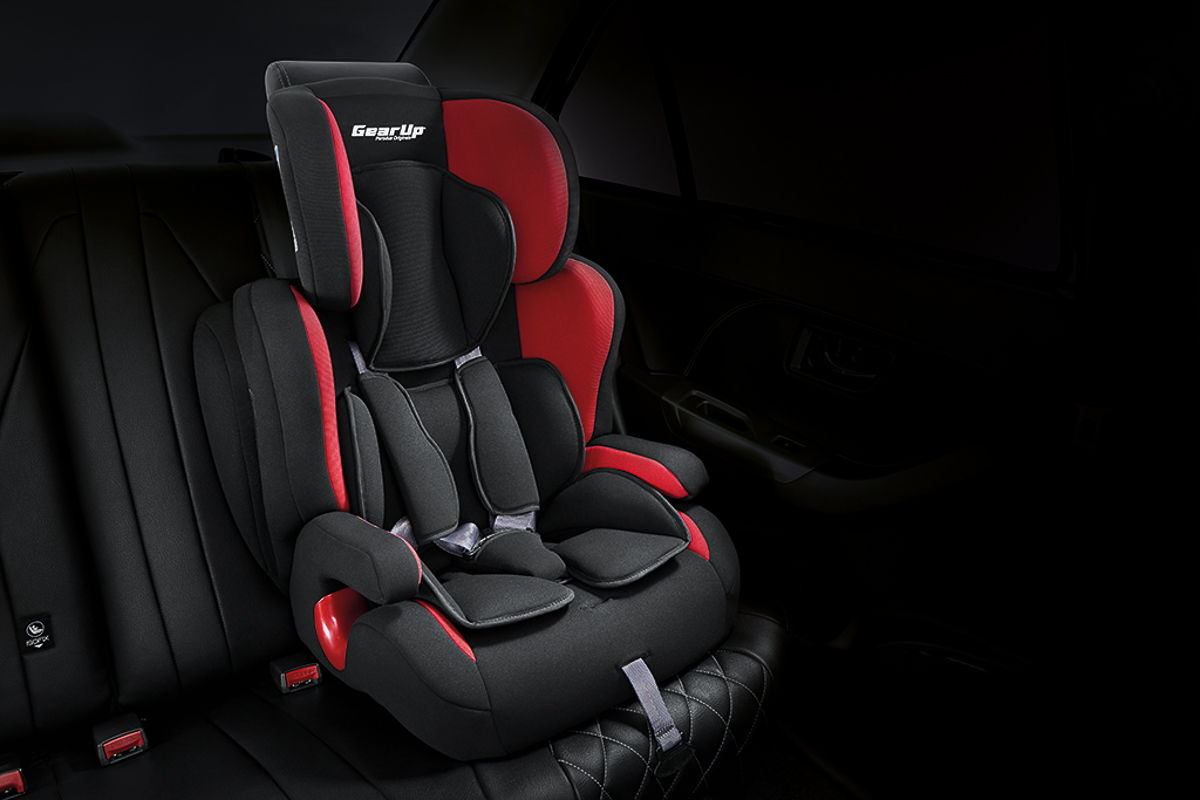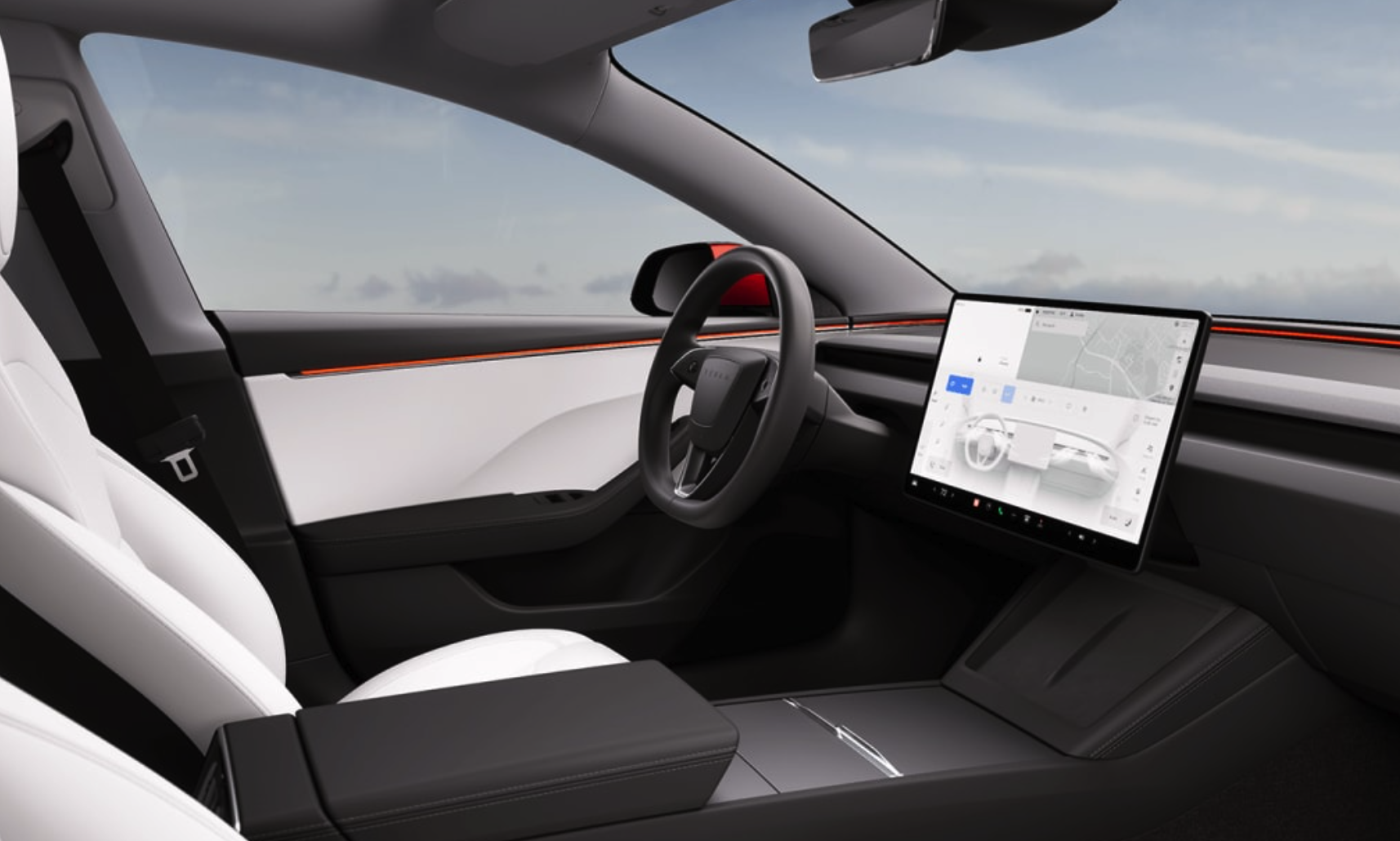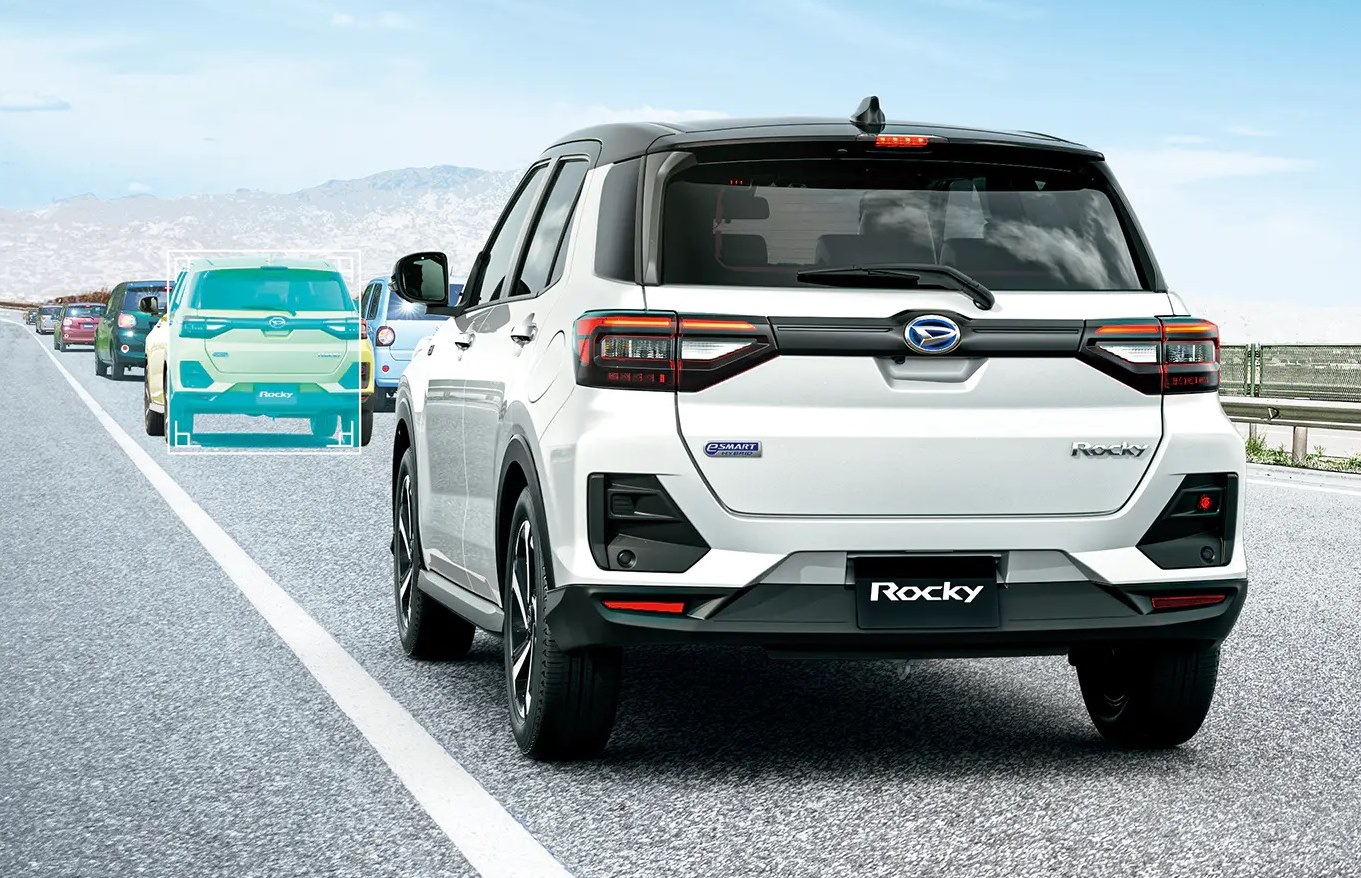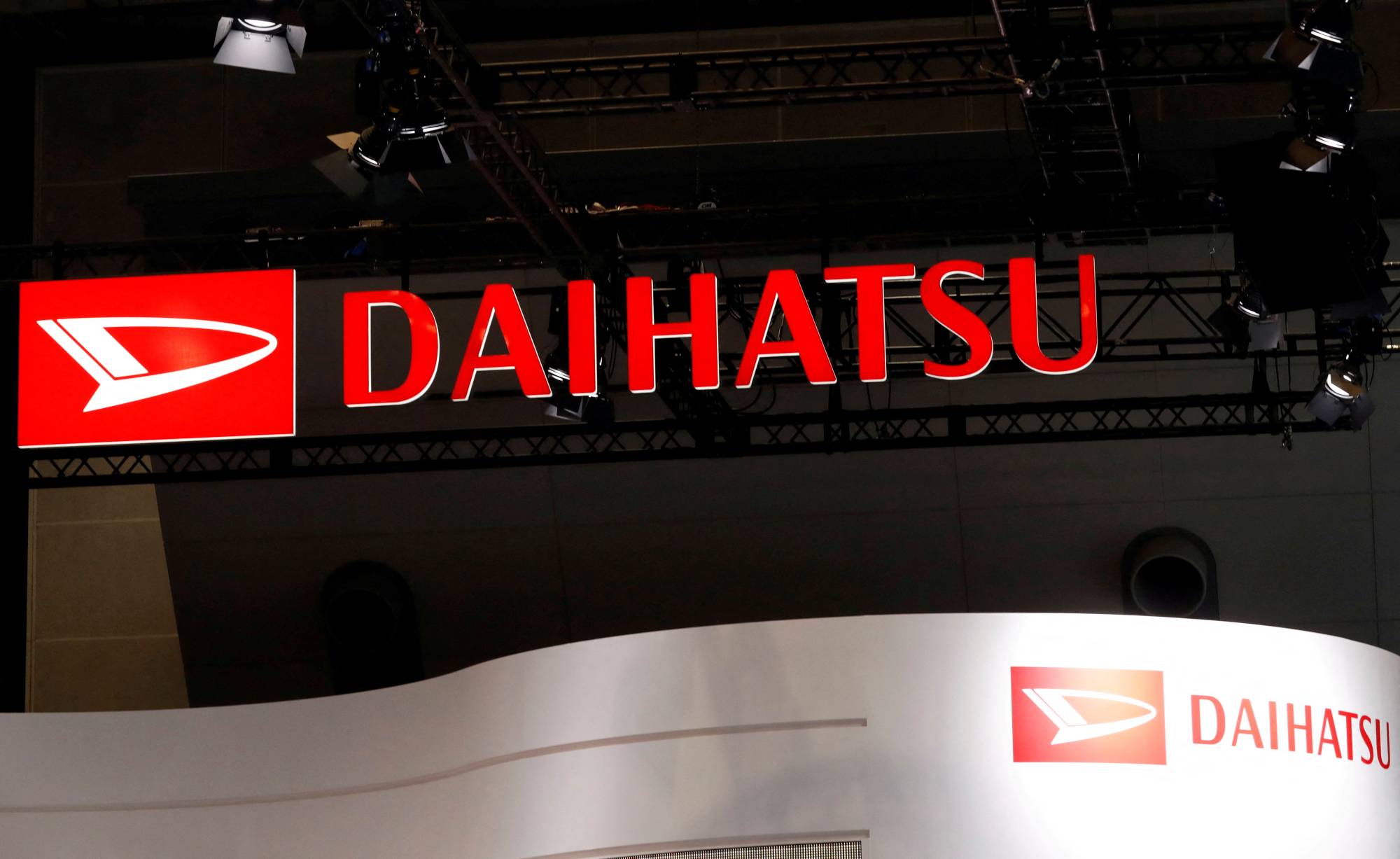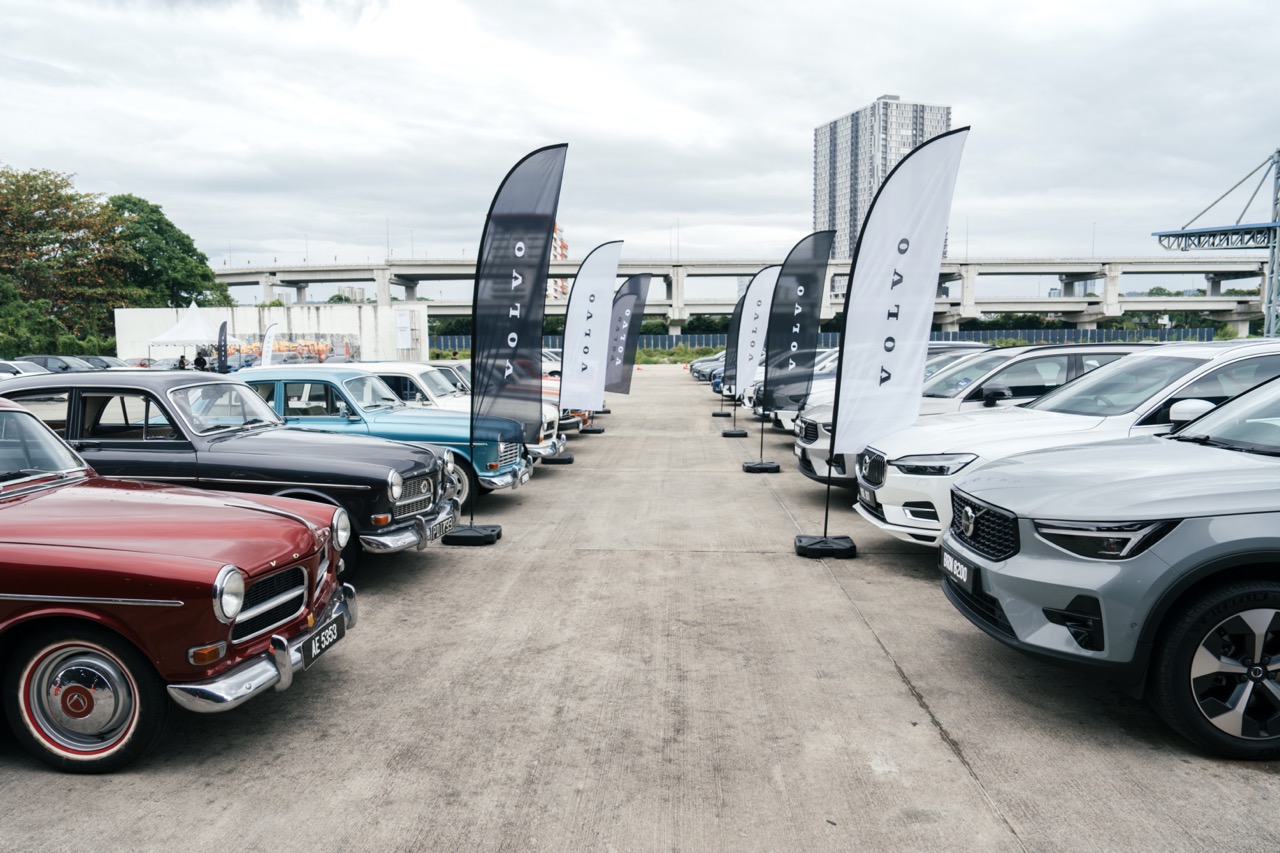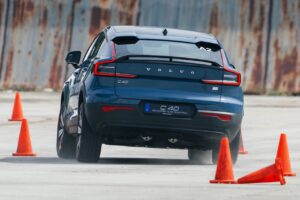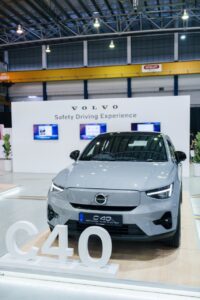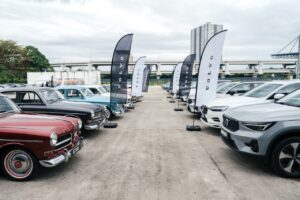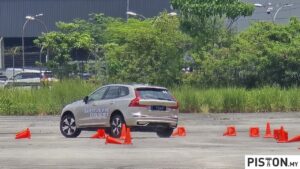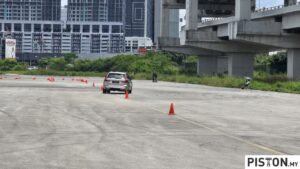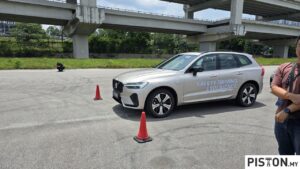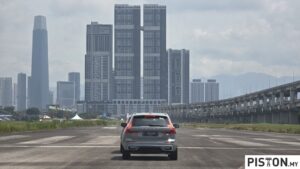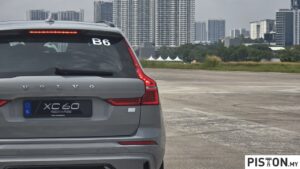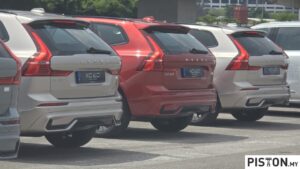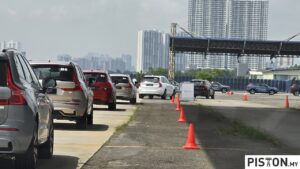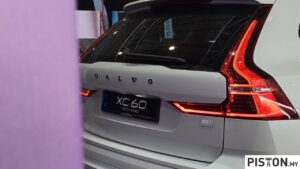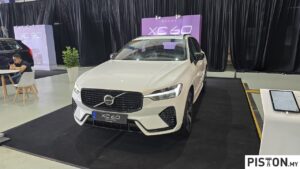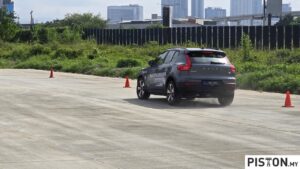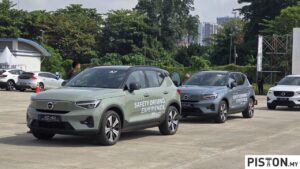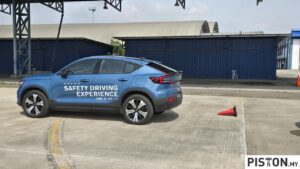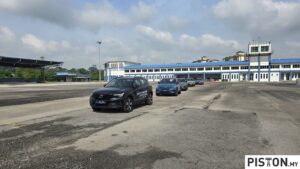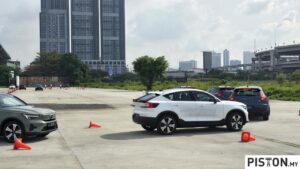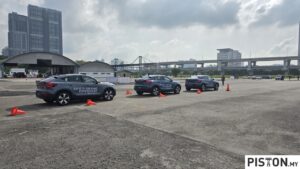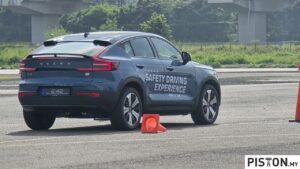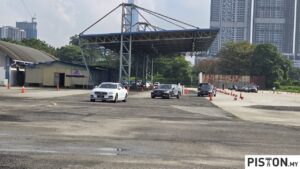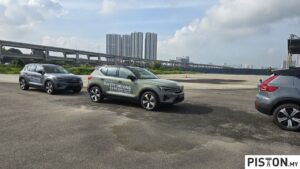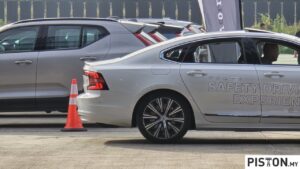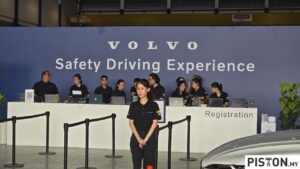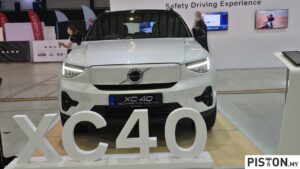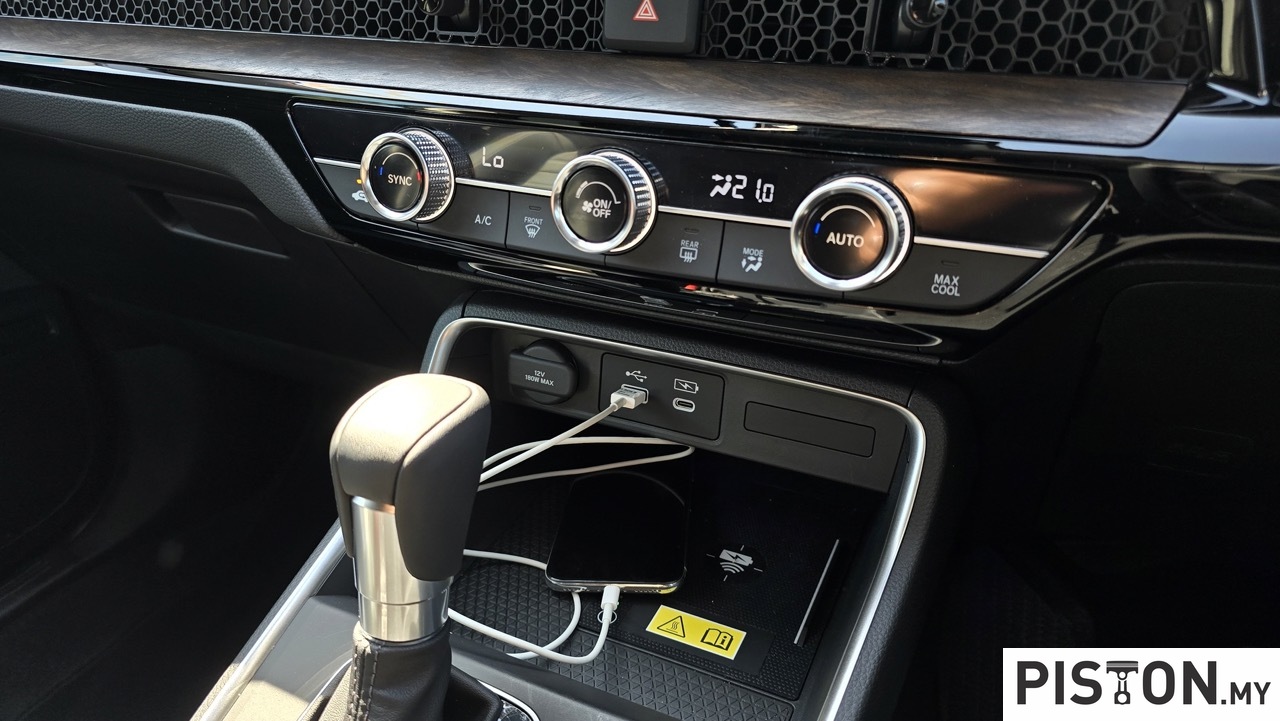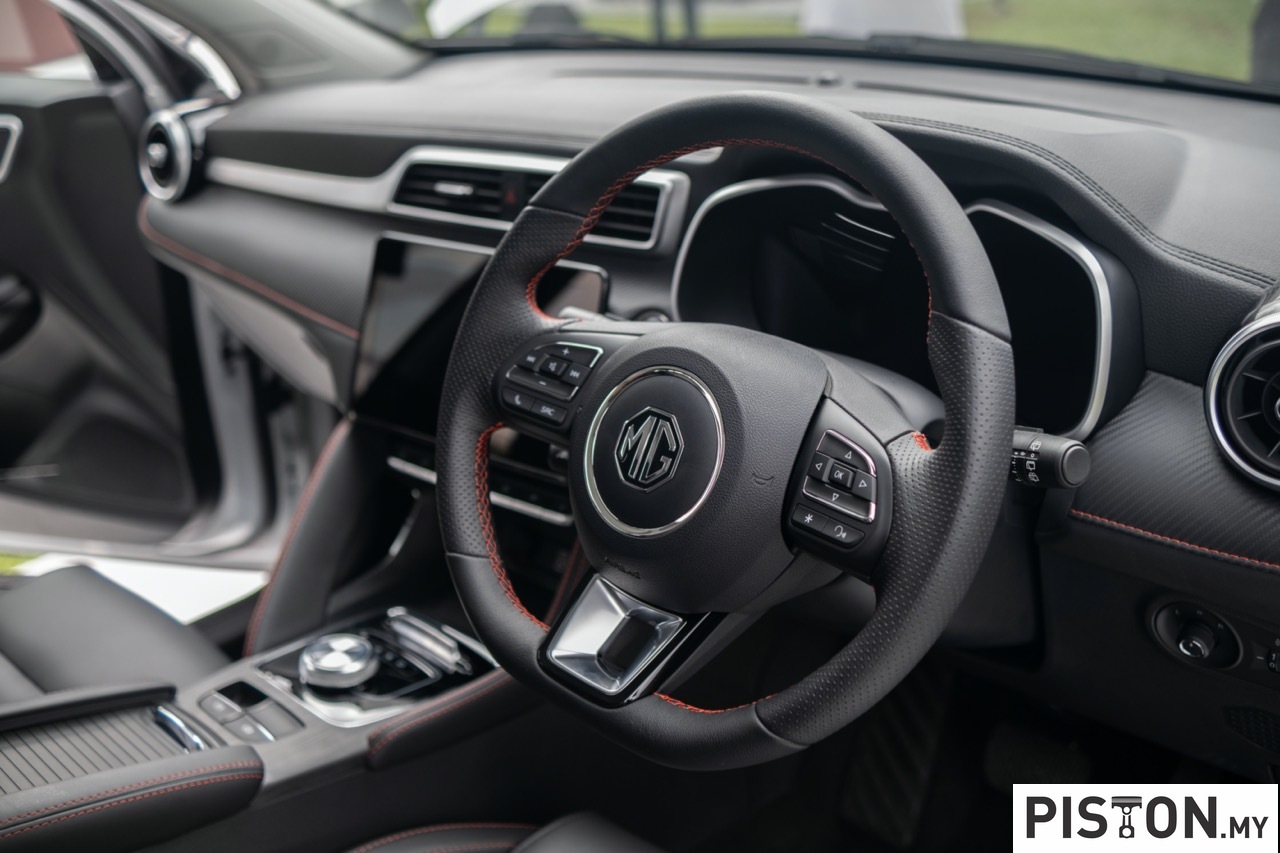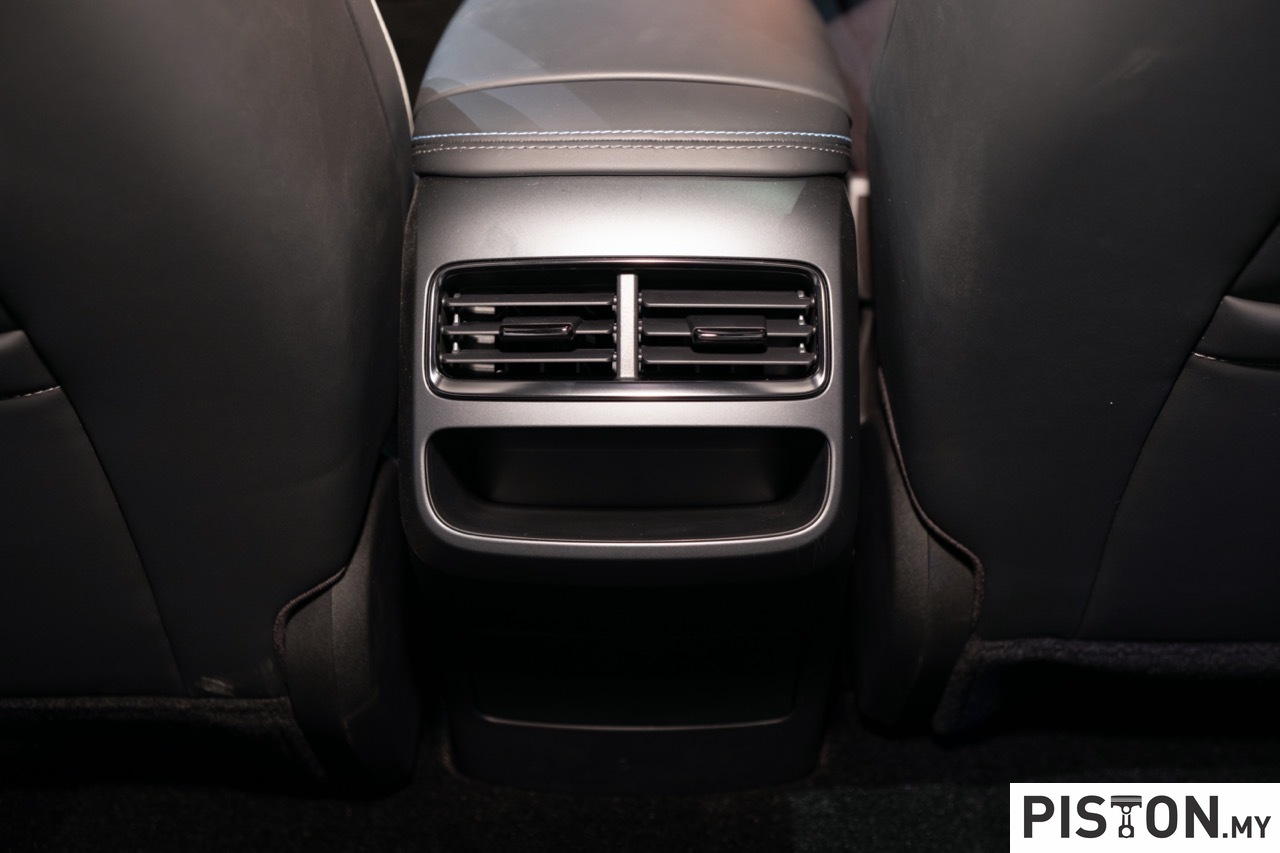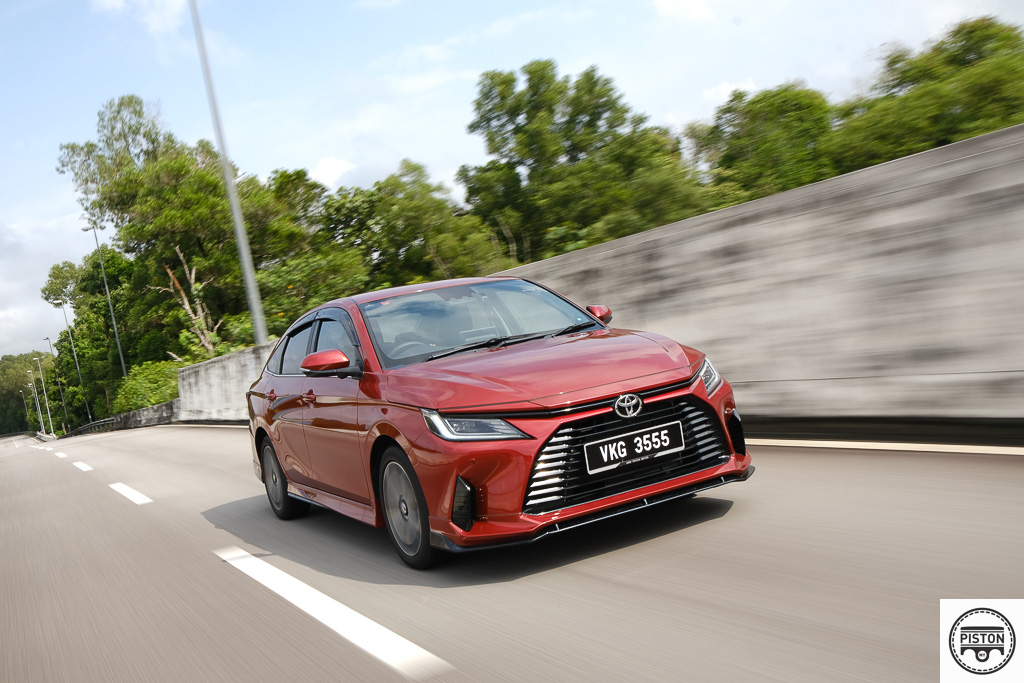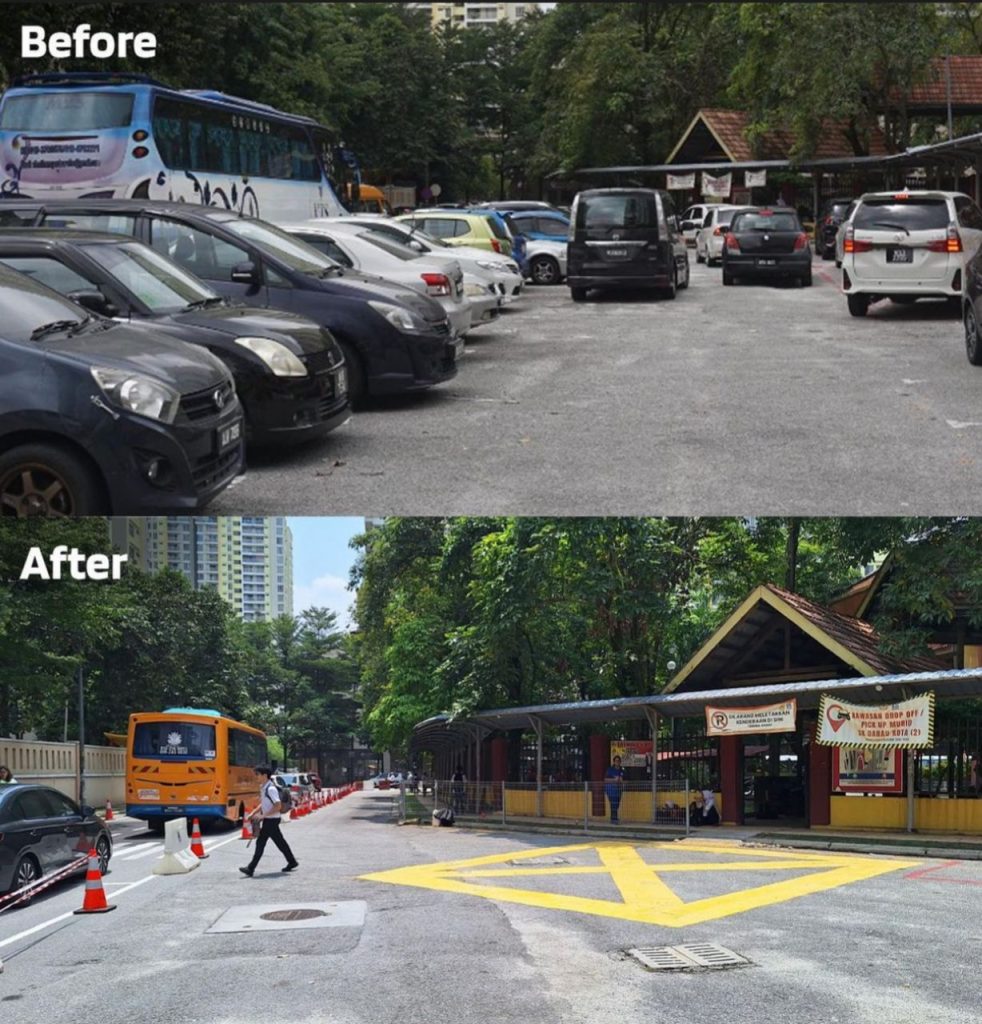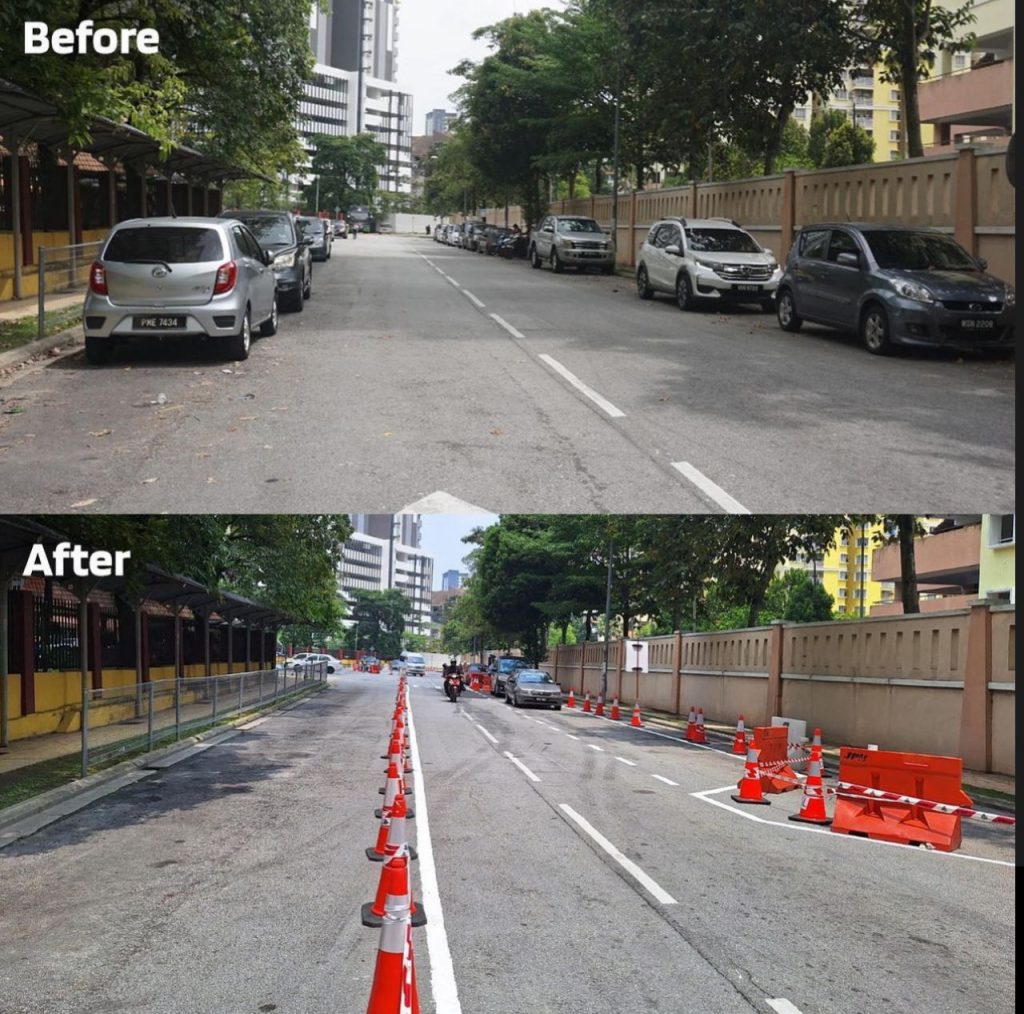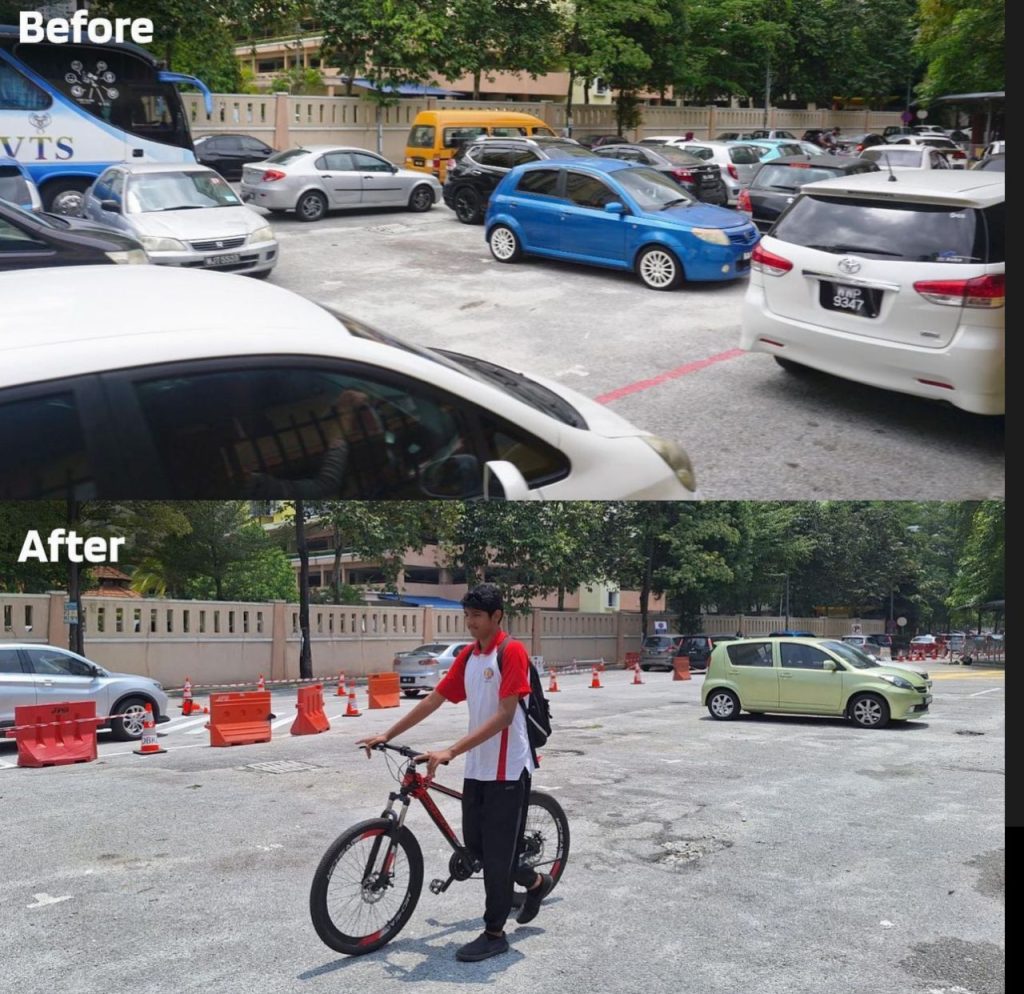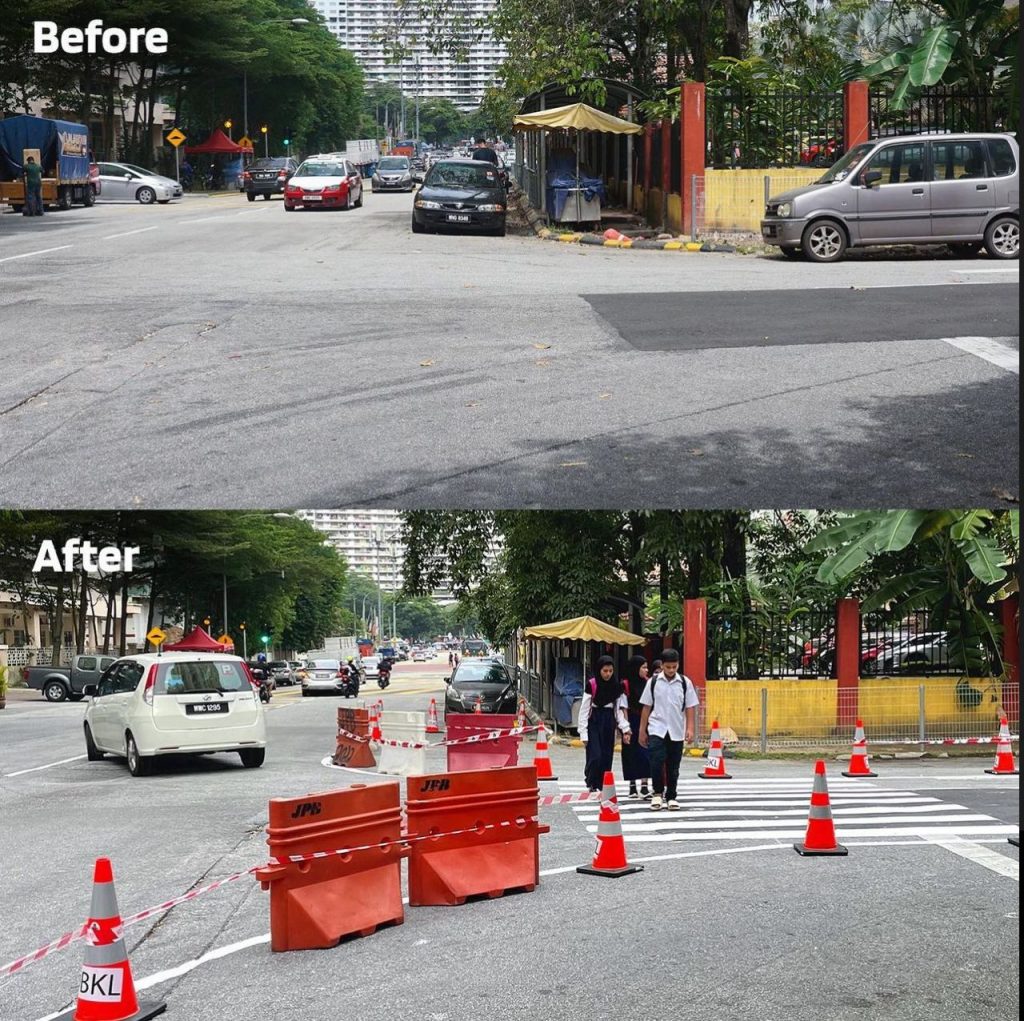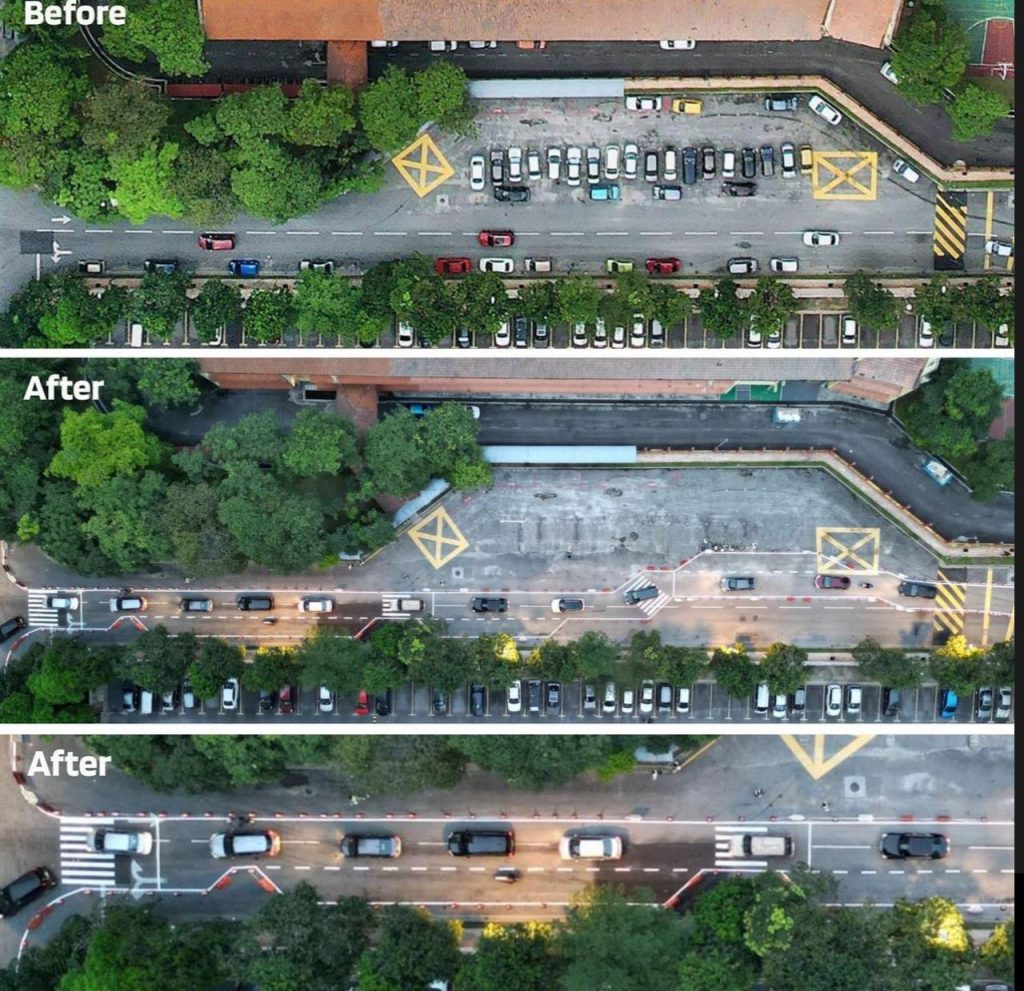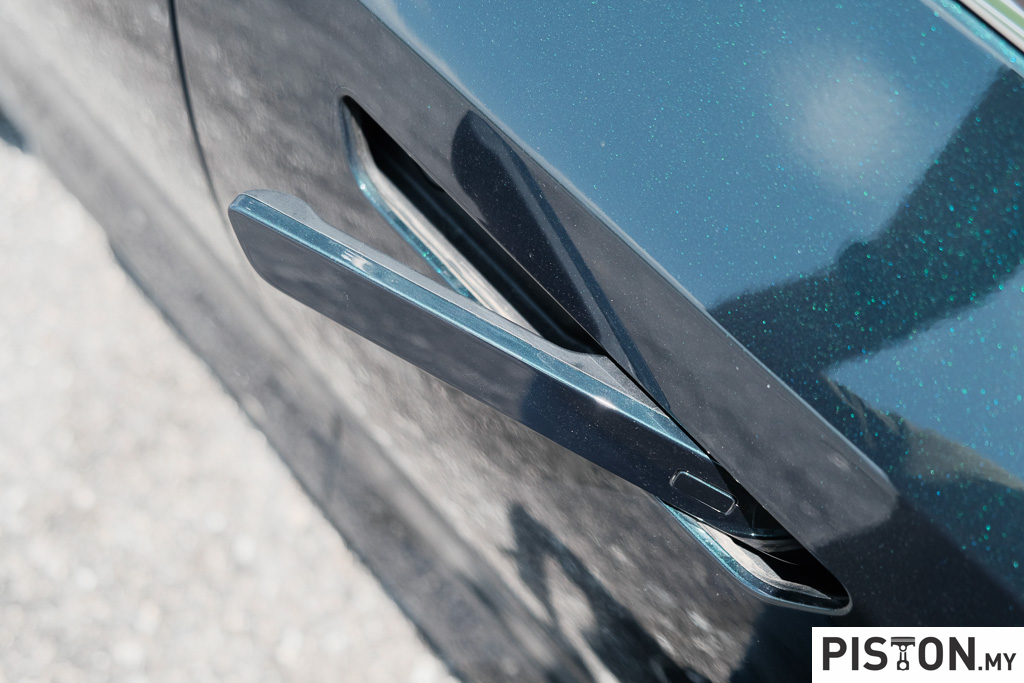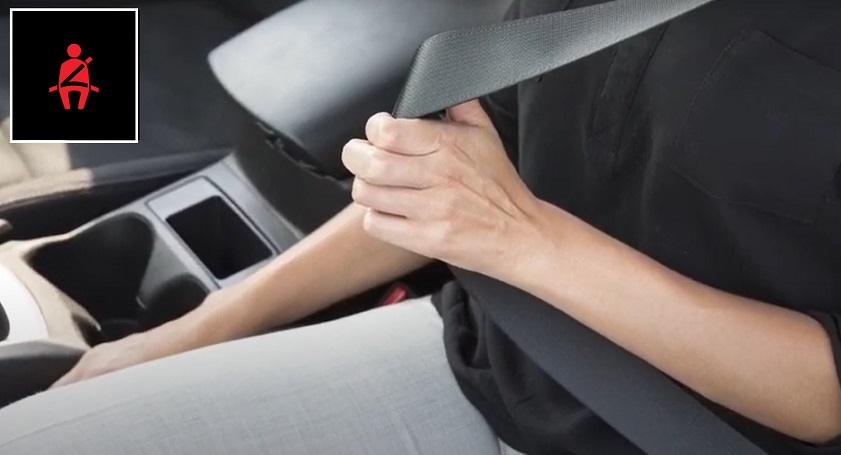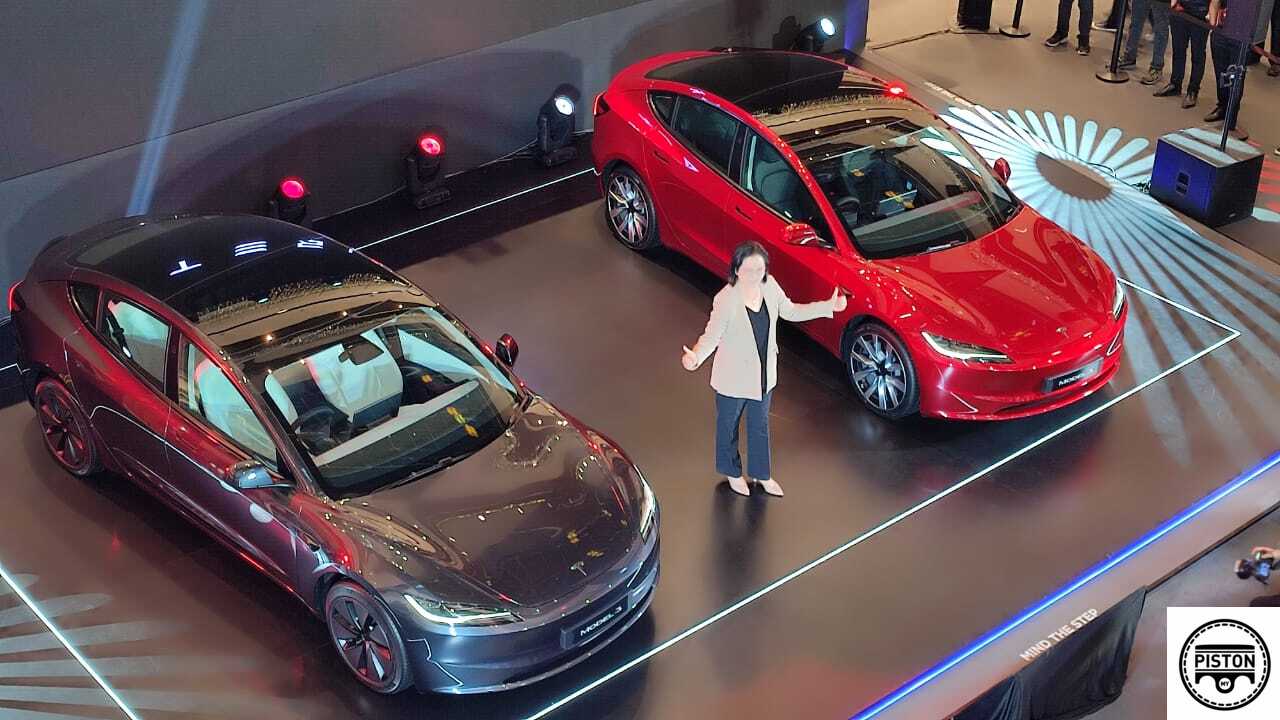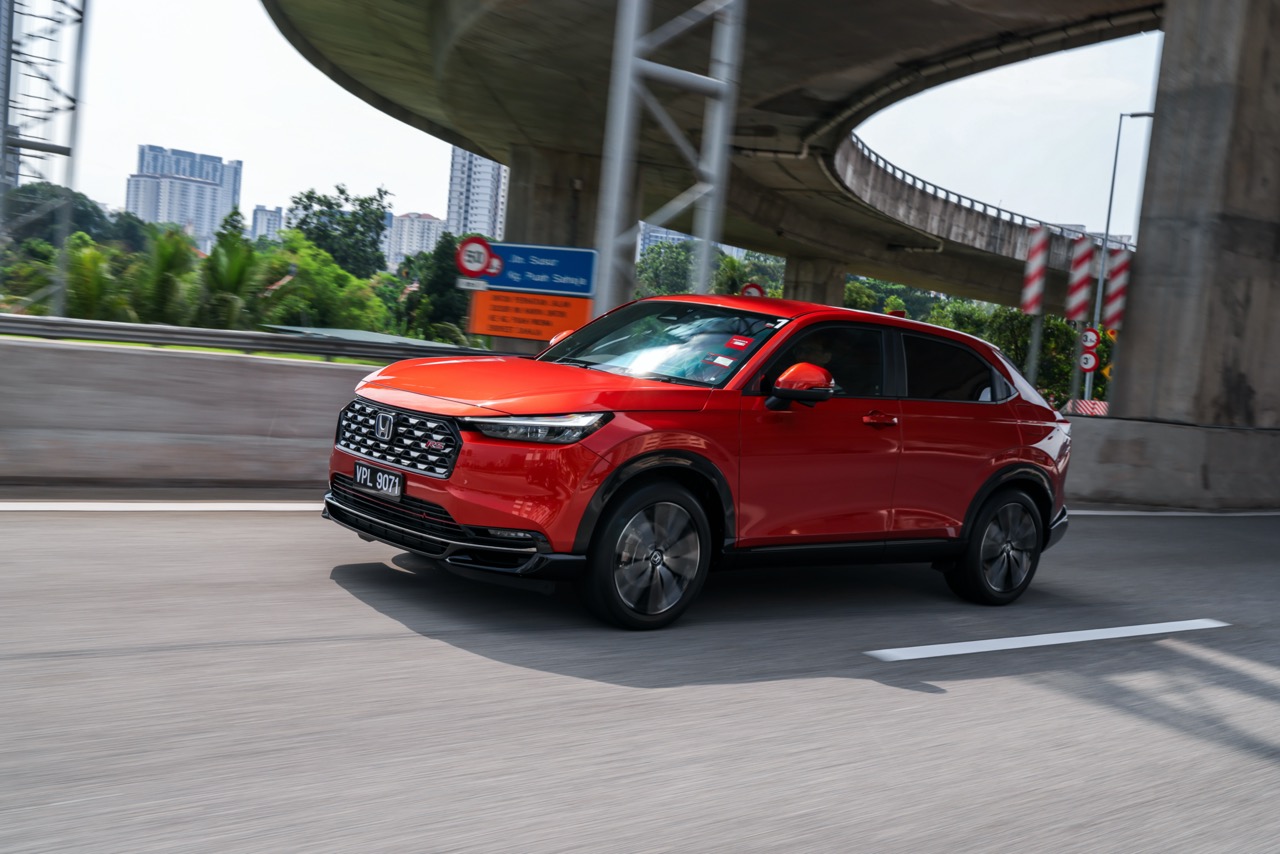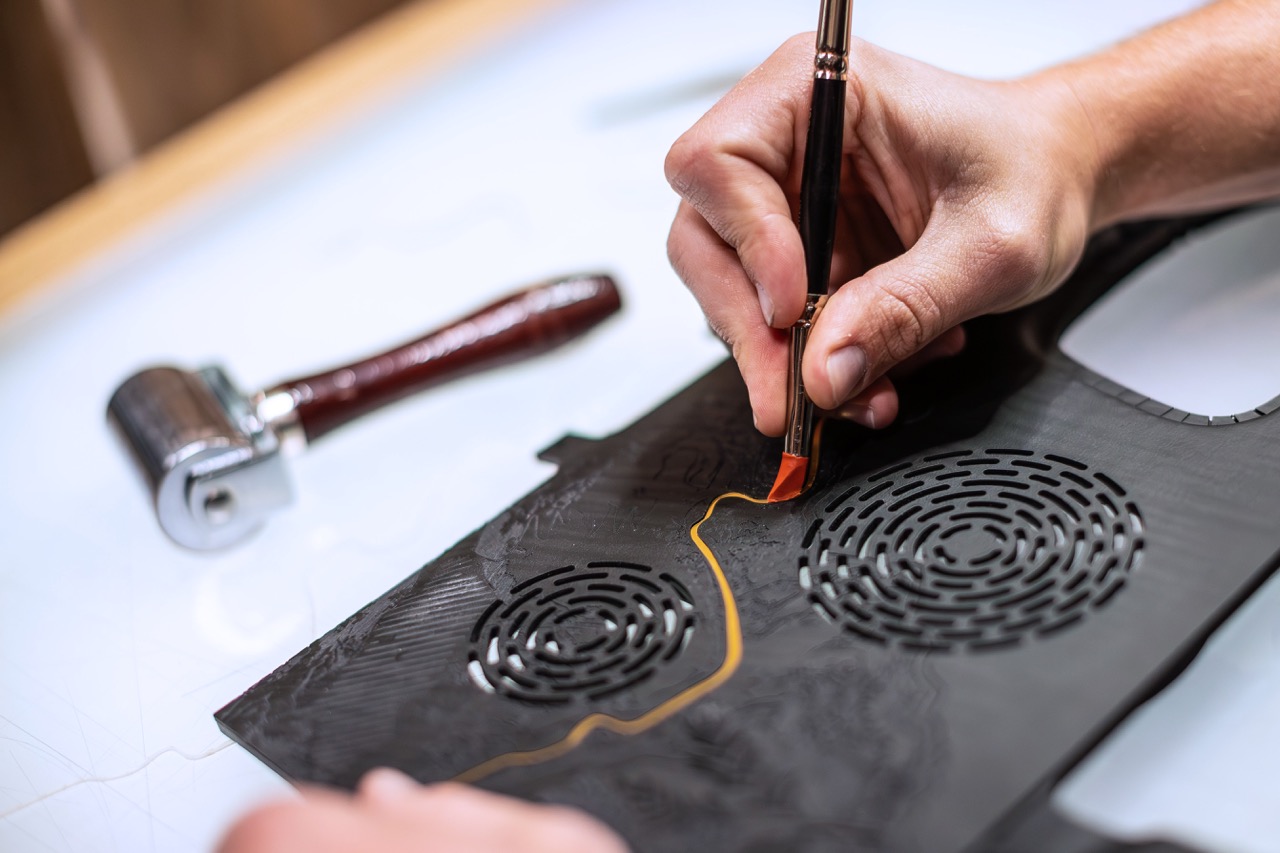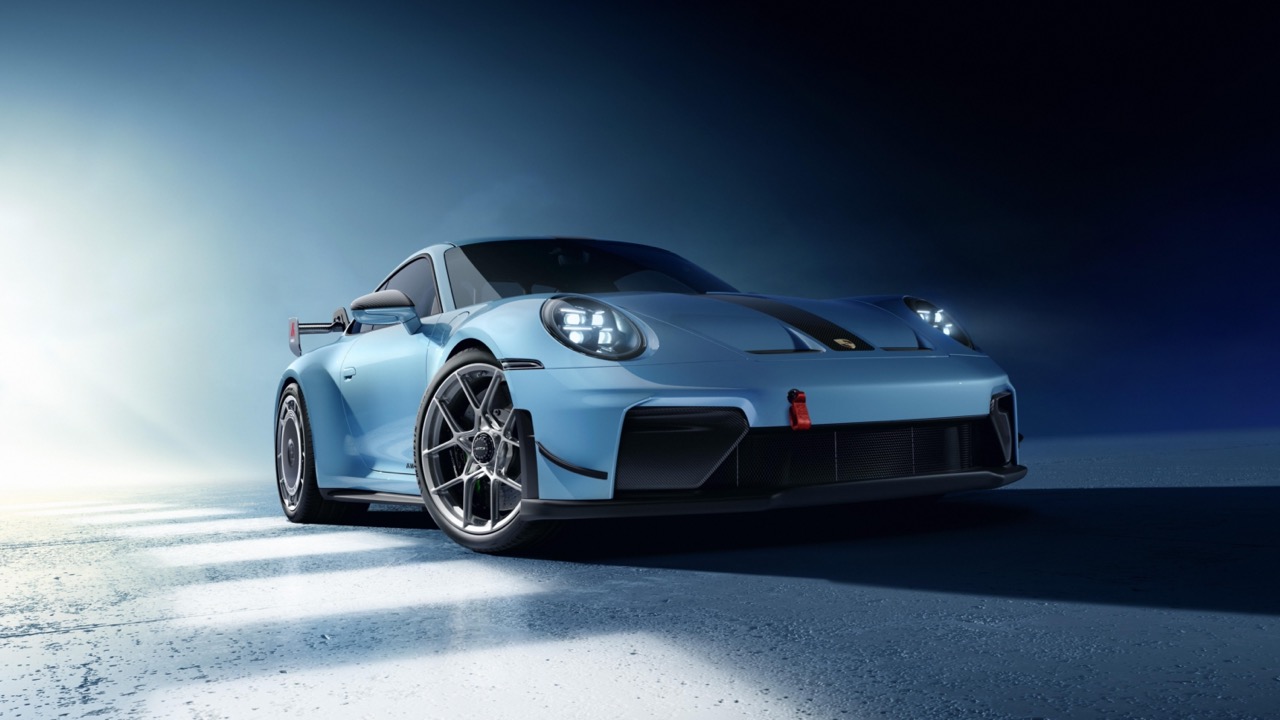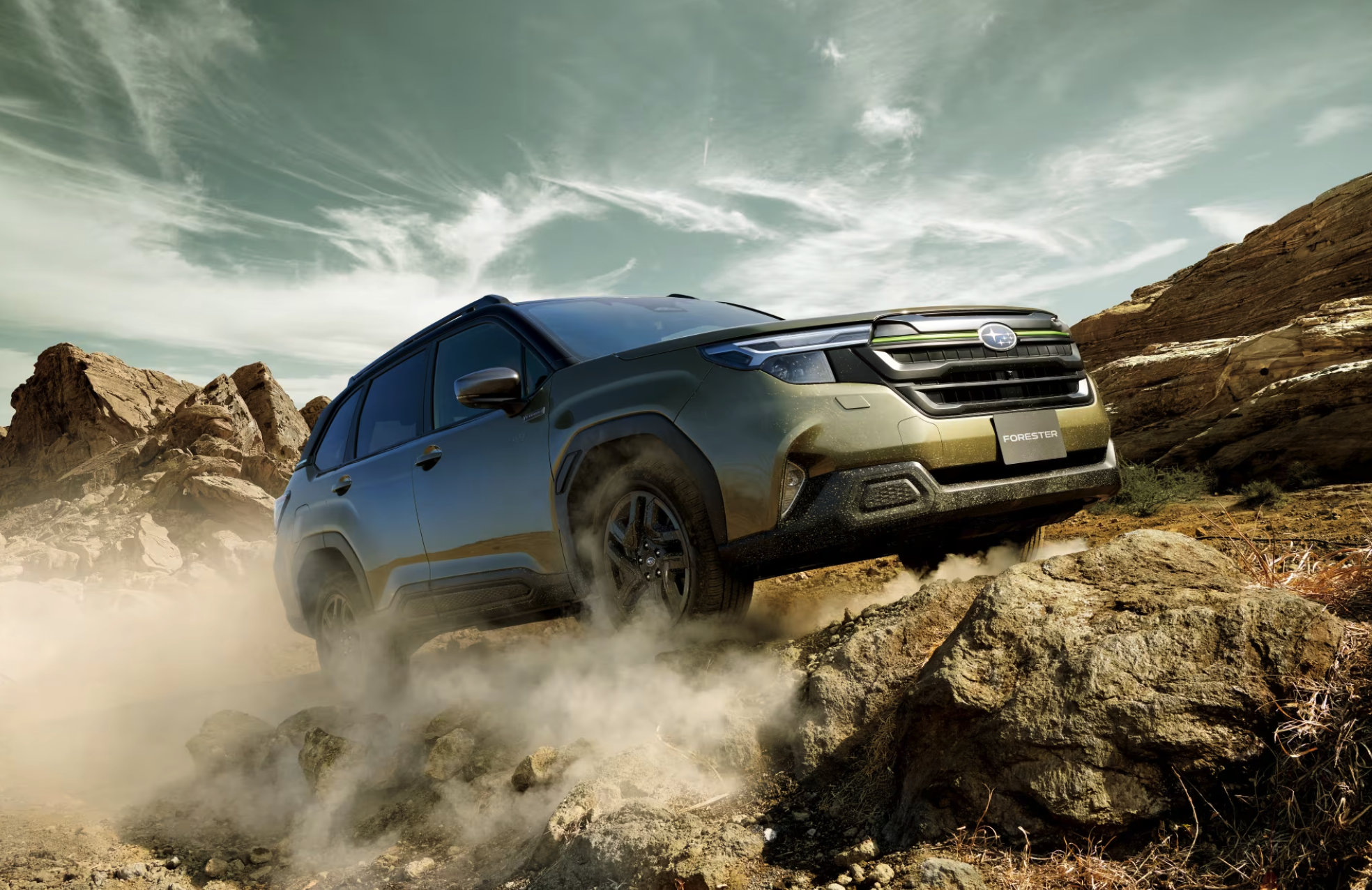Vehicle safety is undeniably an essential aspect of modern transportation, encompassing a wide array of measures designed to minimise the risk of accidents and injuries on the road.
From advancements in structural engineering such as crumple zones to the integration of innovative technologies such as collision avoidance systems and airbag deployment mechanisms, proving that the safety of occupants and pedestrians alike remains a paramount concern for automakers, regulatory bodies, and consumers worldwide.
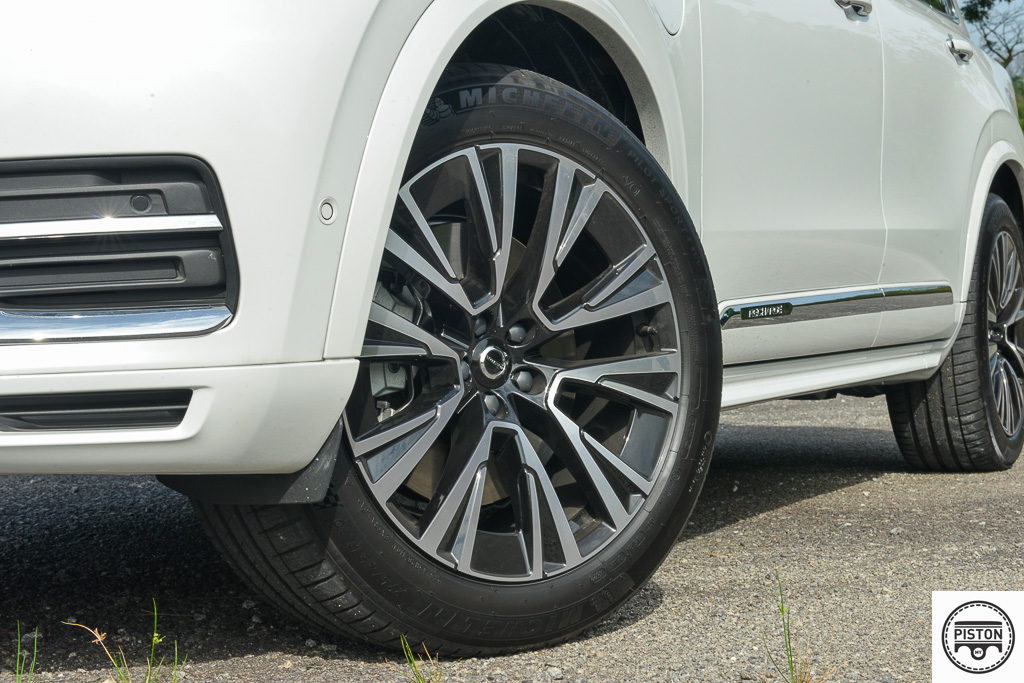
Volvo needs no introduction and has long been heralded as a pioneer and advocate for automotive safety, with a legacy that traces back to the invention of the three-point safety belt by engineer Nils Bohlin in 1959. What set Volvo apart from the rest of the world is not just the creation of this life-saving device, but their decision not to patent it, instead opting to share the technology with other automakers for the greater good.
This altruistic gesture fundamentally changed the landscape of vehicle safety, as the three-point seatbelt became a standard feature in cars worldwide, saving countless lives over the years.
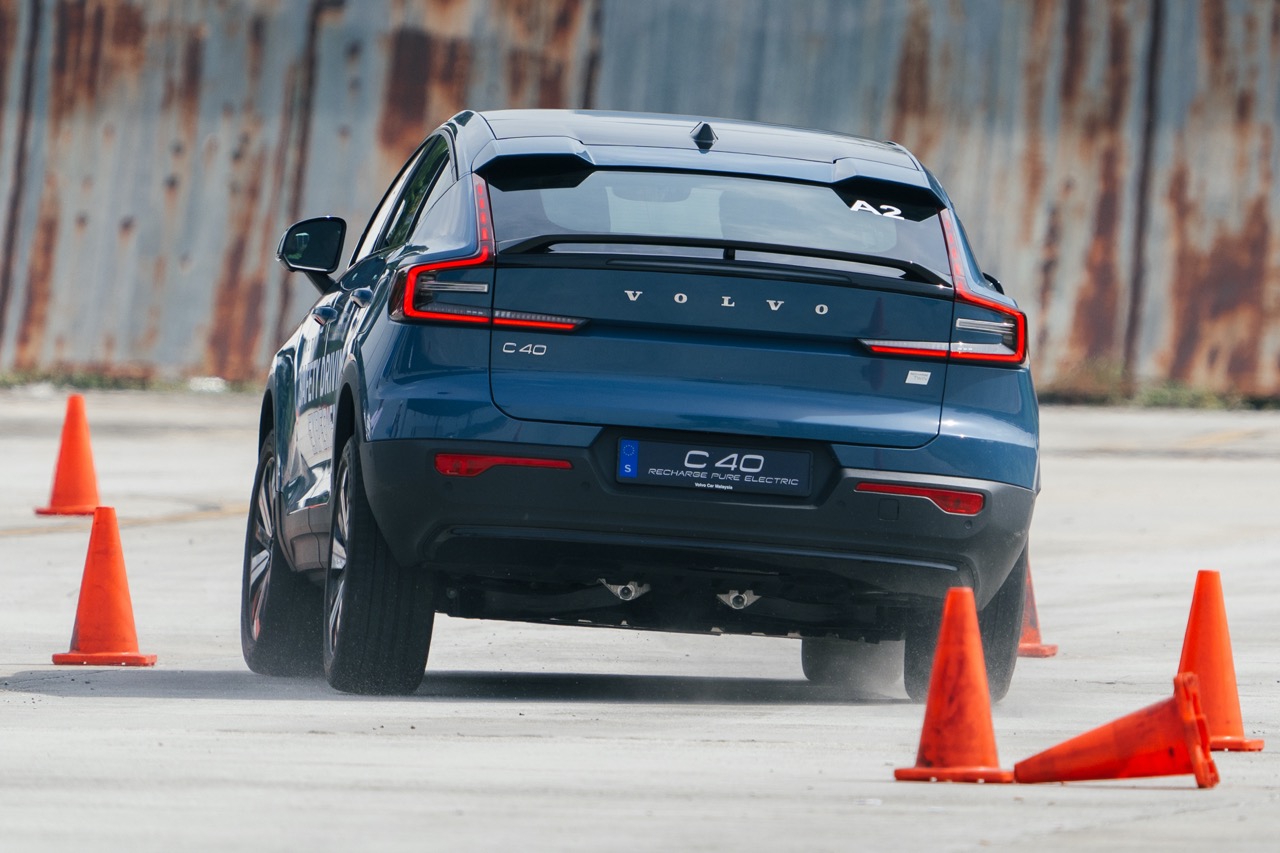
Volvo’s commitment to safety extends beyond technological innovation; it embodies a philosophy deeply rooted in the belief that protecting human lives on the road is not just a responsibility but a moral imperative.
Just like the older “tank” models, modern Volvo cars are equipped with an array of cutting-edge safety features that embody the company’s unwavering commitment to protecting occupants and pedestrians alike.
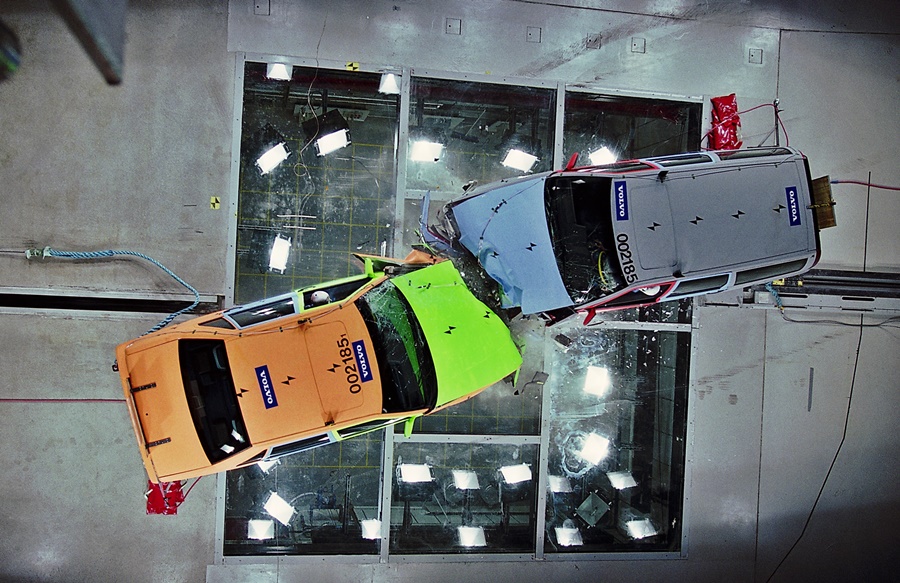
These include advanced driver assistance systems such as collision avoidance technology, pedestrian detection, and lane-keeping assistance. Additionally, Volvo’s models boast robust structural designs engineered to withstand and dissipate impact forces, along with comprehensive airbag systems strategically placed throughout the cabin.
Models such as the C40 Recharge, XC60 and XC90 have all received five-star ratings in the Euro NCAP tests.
Just recently, although Volvo did not have to do it, but did it anyway, Volvo Car Malaysia (VCM) organised its first-ever Safety Driving Experience as part of its For Life campaign in Sungai Besi, at the country’s iconic first airstrip.
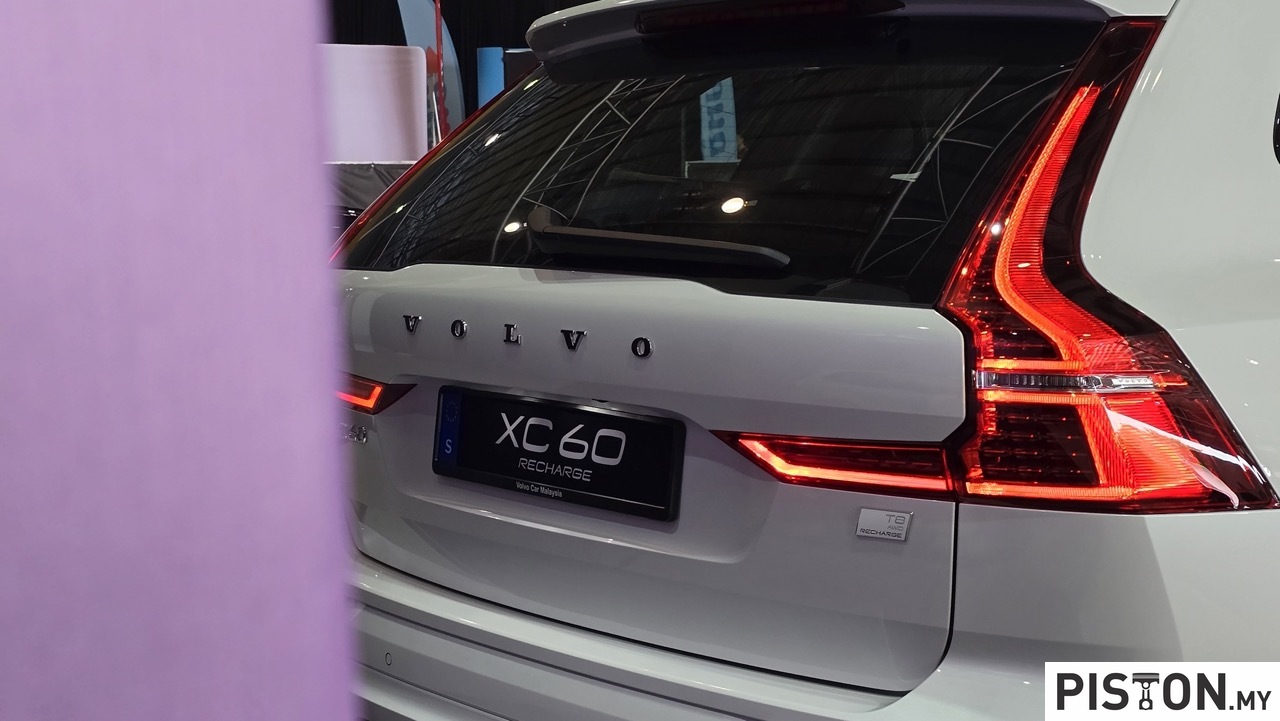
What is the For Life campaign? The Volvo “For Life” campaign was a marketing initiative launched by Volvo Cars to emphasise the brand’s commitment to safety, sustainability, and innovation. Introduced in the early 2000s, the campaign aimed to highlight Volvo’s holistic approach to automotive design, focusing not only on building safe vehicles but also on creating a better future for people and the planet.
The Volvo “For Life” campaign goes beyond emphasising the importance of passive and active safety systems within vehicles; it also delves into the psychological aspect of safety while driving. Recognising that factors like fatigue, distractions, and absent-mindedness can contribute to road incidents, Volvo Cars urges drivers to reconsider their approach to safety.
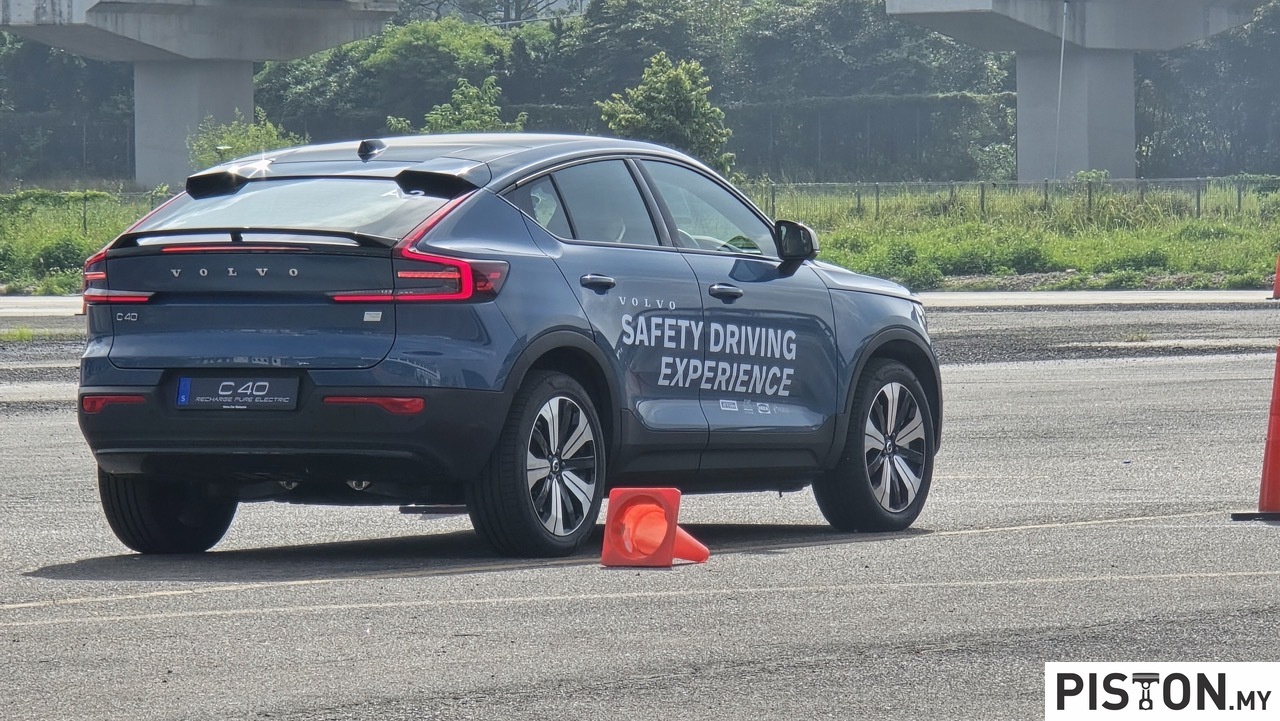
The Safety Driving Experience focused more on how one should be aware of their surroundings when driving. So, activities during the event included the “brake, swerve, avoid” exercise to build drivers’ confidence in handling unexpected obstacles on the road. As well as training reflexes for challenging situations like sudden lane changing without braking to avoid head-on collisions.
We were given the Volvo XC40 to carry out the braking and swerving exercises. At speeds of 70km/h, a braking point was placed and the end of the stretch which gave us enough time to slam as hard as we could on the brakes, which activated the ABS system, to show us how efficient the system is.
Anti-Braking System, which is what ABS stands for, works by grabbing and releasing the brakes in rapid sequence. Most of us would have felt a pulsating brake pedal during emergency braking, that is just the ABS working. By grabbing and releasing the brakes, this allows the driver to steer the car under heavy braking. A wheel that is locked up cannot be turned, hence why cars without ABS tend to skid when the wheels are locked.
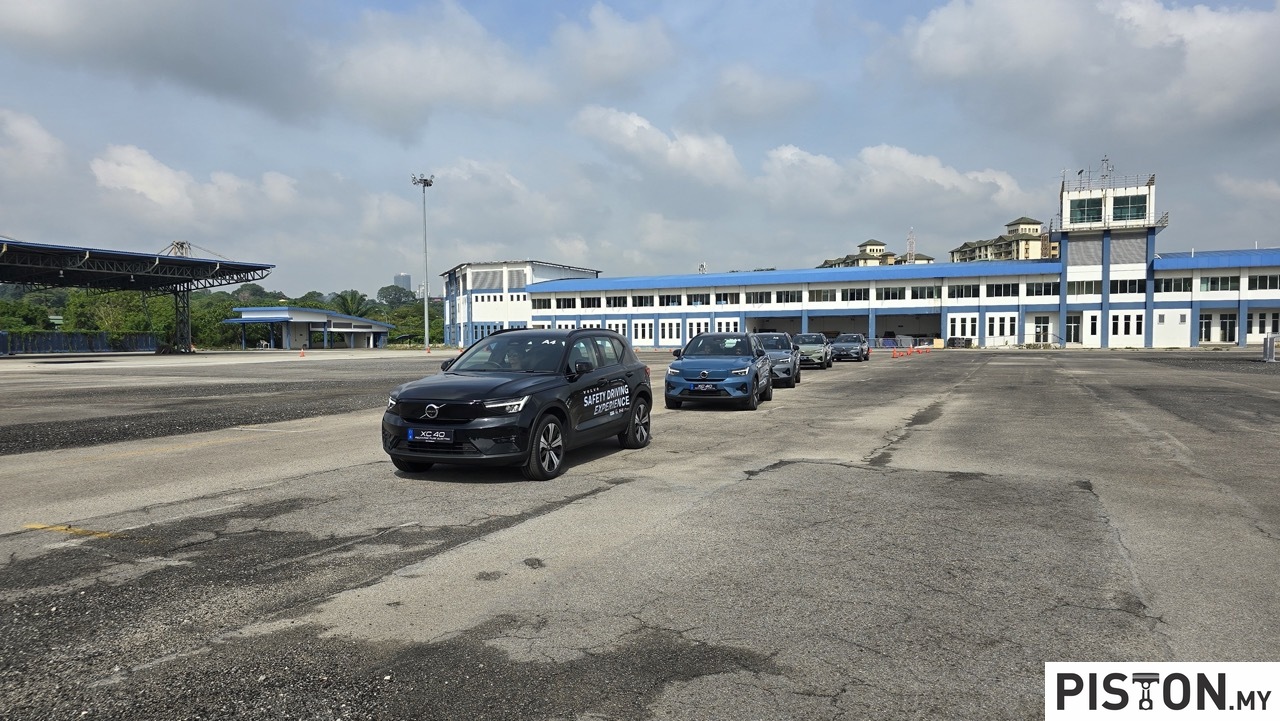
For the swerve exercise, at speeds of 70-80km/h, a cone was placed in the middle of the track without hitting the brakes, and we were asked to swerve without hitting the cone and then hit the brakes. Our cone survived, though some cones did not fare as well.
According to Volvo, the reason some drivers hit the cones was because of the position of their hands on the steering wheel. Most of us like to use the “one-handed” driving position, which is not ideal. The best position is to have both your hands on the wheel at the “9” and “3” positions. This makes it easier for a driver to get a full turn without struggling.
Next off, Volvo showed us some of the neat features that the XC60 Recharge has, such as the Cross-traffic alert with auto brake, Autonomous driving (Lead Car Follow System) and the Surround view camera which gives us a 360° bird’s eye parking view.
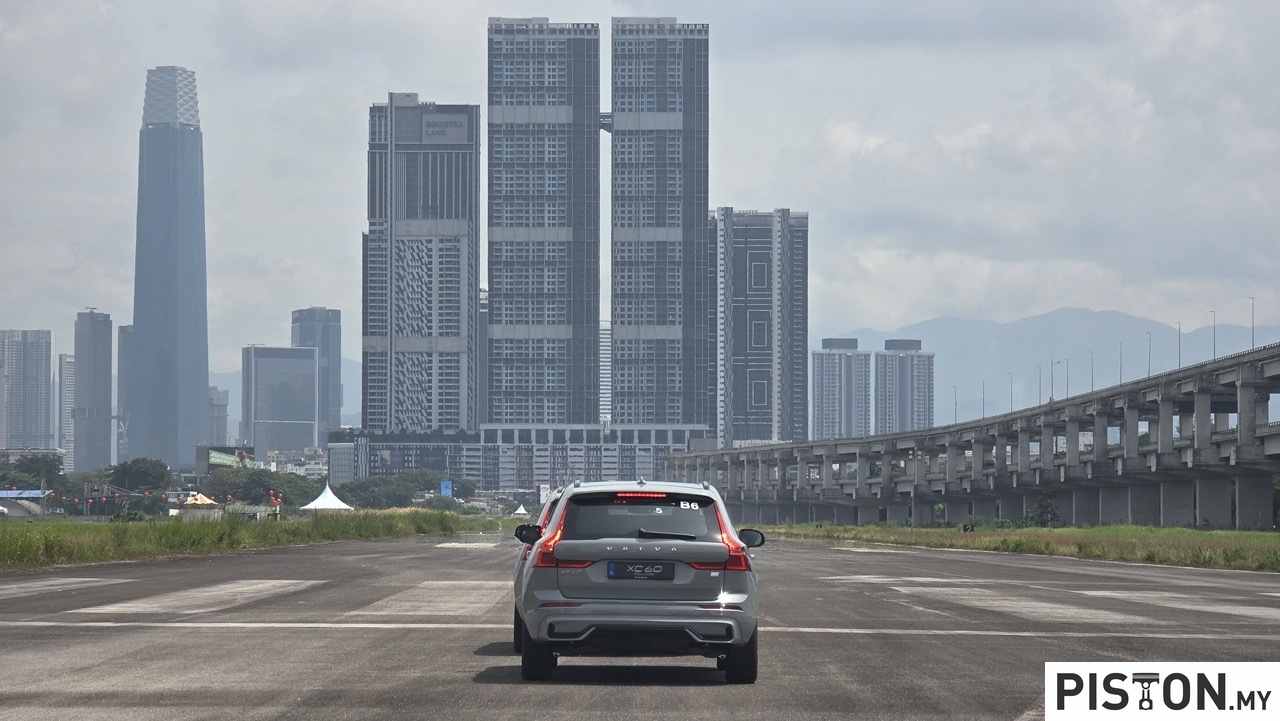
Now to the fun part. We were handed the cars mentioned above on a 1.8km-long runway so we did what any car enthusiast would do – we floored it. Reaching speeds of 180km/h, putting 462PS and 709Nm to all four wheels and hitting the brakes at the end. Of course, without a doubt, the cars handled it very well.
We also did a slalom run to test the handling and stability of the XC60 Recharge. We were surprised by how a 2170kg SUV handled those tight turns at high speeds. Volvo also had a little challenge set for us. The fastest time around the slalom course would win a decent-sized display model of the XC90. Sadly, we finished three seconds behind the winning time.
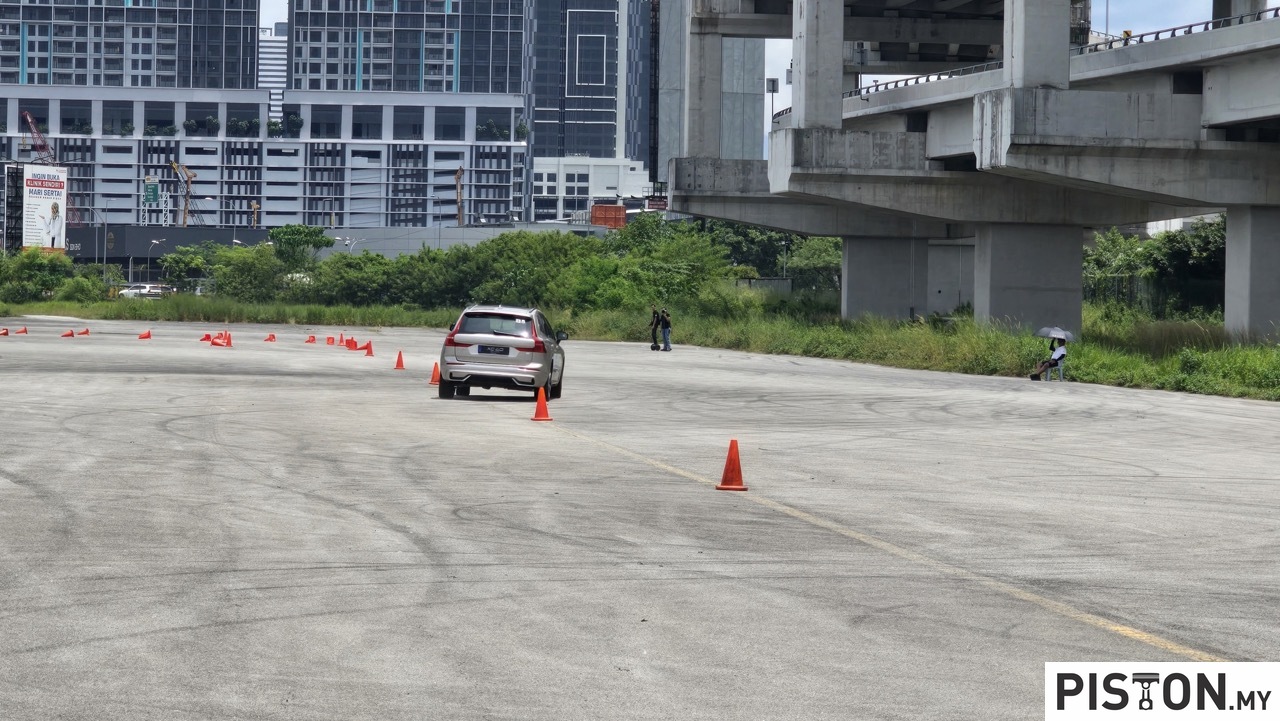
Fun and games aside, these exercises were just a glimpse of what could happen in a real-world situation such as braking when there is a sudden obstacle on the road. Or when the vehicle in front of you hits the emergency brakes or needs to swerve to avoid said obstacle.
With Malaysia’s questionable road conditions and naive drivers out there, we need to do our part and be aware of our surroundings at all times to ensure the safety of ourselves and others. Because as Volvo puts it, “When you feel safe, you can be truly free.”
Specifications: Volvo XC40 Recharge Pure Electric
Engine: Two electric motors
Power: 402hp
Torque: 660Nm
Top Speed: 180km/h
0-100km/h: 4.9 seconds
Driving Range: 438km
Price (as tested): RM278,888
Specifications: Volvo XC60 Recharge
Engine: 2.0 litre turbocharged four-cylinder Petrol Engine/Rear electric motor
Power: 455hp
Torque: 709Nm
Transmission: Eight-speed automatic
Top Speed: 180km/h
0-100km/h: 4.8 seconds
Electric-Driving Range: 81km
Price (as tested): RM355,888




